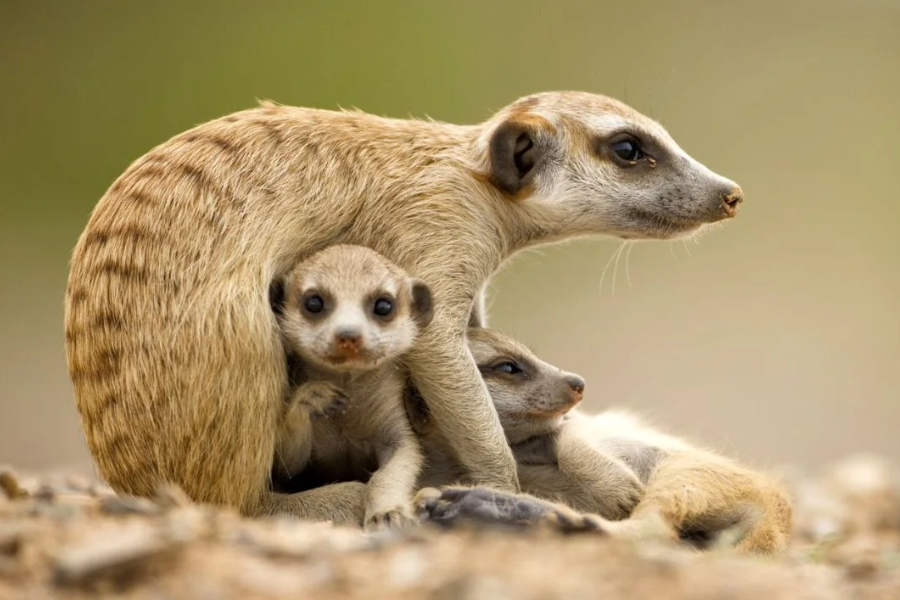Introduction (https://noticviralweb.blogspot.com/2018/02/pacarana-duchandose.html)
Have you seen the video of a rodent taking a shower that went viral on social media? If you have, you might be wondering about this fascinating creature. Meet the pacarana, a charming rodent native to South America, known for its unique and adorable bathing behavior. This blog post aims to introduce you to the pacarana, debunk some myths, and shed light on why these creatures deserve our attention and protection. Let’s dive into the world of pacaranas and uncover the truth behind their so-called showering habits.
Pacaranas A Closer Look
Physical Characteristics of Pacaranas
Pacaranas are medium-sized rodents, typically measuring between 47 and 51 centimeters, making them one of the largest rodents in the tropical Andes and the second-largest in Latin America, after the capybara. They have a robust build, covered in soft fur that can vary in color from brown to black with white markings. Their tails are relatively short compared to their body size, and they have strong claws suitable for digging.
Habitat and Distribution
Pacaranas are indigenous to several South American countries, including Venezuela, Colombia, Ecuador, and Peru. These nocturnal mammals prefer forested areas and often make their homes in caves or burrows at the base of trees or in rocky outcrops. Their natural habitat is increasingly threatened by human activities, leading to a decline in their population.
Social Behavior of Pacaranas
Pacaranas are primarily solitary animals, although they can sometimes be found in small family groups. They are nocturnal, meaning they are most active during the night. These rodents have a diet consisting mainly of fruits, leaves, and plant roots. Their foraging behavior and preference for specific plant types play a crucial role in their ecosystem.
Shedding Light on the Pacarana’s Bathing Habits
The Viral Video and Its Impact
The viral video that brought the pacarana into the spotlight shows what appears to be the rodent taking a shower, rubbing its body with its front paws as if scrubbing itself. This video led to a common misconception that pacaranas take showers like humans. However, the reality is quite different.
Biological Reasons Behind Bathing
Pacaranas, like many other animals, engage in grooming behaviors to maintain their hygiene and health. The behavior observed in the video is actually the pacarana trying to remove an irritant from its fur, not enjoying a shower. Grooming helps them regulate their body temperature, remove parasites, and keep their fur in good condition.
Debunking the Myth
The idea that pacaranas take showers like humans is a myth. The video likely shows a pacarana reacting to soap or another substance intentionally applied to its body. This behavior is not natural and can be harmful to the animal. It is essential to understand and respect the natural behaviors of wildlife, rather than anthropomorphizing them.
The Importance of Protecting Pacaranas
Threats to Pacarana Populations
Pacaranas face several threats, primarily due to human activities. Habitat destruction, deforestation, and land development are some of the significant factors contributing to their declining numbers. In Venezuela, pacaranas are already declared endangered, highlighting the urgent need for conservation efforts.
Conservation Efforts
Protecting pacaranas requires preserving their natural habitat and implementing measures to reduce human impact on their ecosystems. Conservation programs aimed at reforestation, creating protected areas, and raising awareness about the species are crucial. Supporting local communities in sustainable practices can also help mitigate the threats faced by pacaranas.
How You Can Help
There are several ways you can contribute to the conservation of pacaranas. Educate yourself and others about the species and their importance in the ecosystem. Support conservation organizations working to protect pacaranas and their habitats. Advocate for policies that promote sustainable land use and forest conservation.
Conclusion
Pacaranas are fascinating creatures with unique behaviors that make them stand out among rodents. While the viral video may have created misconceptions, it has also brought attention to these adorable animals and the challenges they face. Understanding their natural habits and the importance of conserving their habitats is crucial for their survival. By getting involved in conservation efforts, we can ensure that pacaranas continue to thrive in the wild. Join us in protecting these incredible creatures and their homes for future generations to enjoy.
Frequently Asked Questions
What is a pacarana?
A pacarana is a medium-sized rodent native to South America, known for its unique grooming behavior.
Why does the pacarana seem to take showers in videos?
The viral videos show pacaranas grooming themselves, not taking human-like showers; they are removing irritants from their fur.
Are pacaranas endangered?
Yes, pacaranas are classified as endangered in some regions due to habitat destruction and human activities.
What do pacaranas eat?
Pacaranas primarily feed on fruits, leaves, and plant roots, playing a crucial role in their ecosystem.
How can I help protect pacaranas?
You can support conservation efforts, educate others, and advocate for sustainable practices to protect their habitats.
